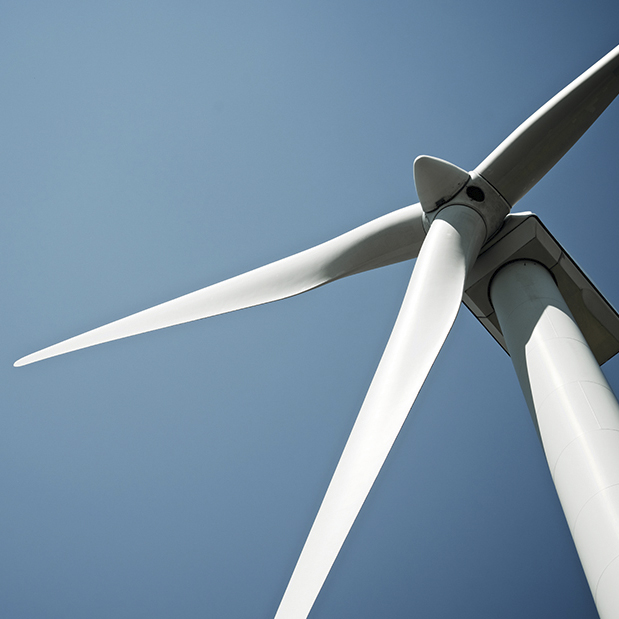
New report: The Nordics are two years ahead of schedule
The report Renewable Energy in the Nordics 2021 highlights achievements of five Nordic countries with ambitious climate goals. The Nordic countries have all met their 2020 targets set in the…
The report Renewable Energy in the Nordics 2021 highlights achievements of five Nordic countries with ambitious climate goals.
The Nordic countries have all met their 2020 targets set in the EU Renewable Energy Directive, while less than half of the EU member states are on track. According to the EU directive, all member states must cover 20 percent of their energy consumption with renewables by 2020. The report shows that last year, between 30-72 percent of the energy consumption in the Nordic countries was covered by renewables. These achievements, though remarkable, are perhaps not surprising.
“By reviewing progress on the adoption of renewable energy – and highlighting the work needed in years to come – we hope this report can inspire the Nordic region to become even more integrated and sustainable”, says Klaus Skytte, CEO of Nordic Energy Research.
The goal is to provide insight, for regional and international stakeholders, industry, and policymakers, into the development of renewable energy systems in the Nordics and EU-wide.
Three takeaways
1. As each Nordic country transitions to carbon neutral electricity, heating, and transport, their combined global lead in renewables stands to grow.
2. In the years ahead, decarbonising heavy vehicles, aviation, and shipping will be a priority, and together, the Nordic countries can lead the world in sustainable transport.
3. A fully carbon-neutral Nordic energy system is on the horizon as national ambitions ramp up for 2030, 2050 and beyond.
Renewables on the rise
“It is no secret that the Nordic countries are endowed with abundant renewable energy resources, and each strives to make the most of their lot – the region’s energy mix that was once considered impossible”, remarks Klaus Skytte.
Strong progress has been made on renewable electricity and heating in the Nordic countries, while sustainable transport is a high priority, illustrated by the continued deployment of electric vehicles in Norway, use of biofuels in Sweden and Finland, installation of shore power for vessels in Icelandic harbours, and electrification of Danish rail lines.
EU data offers Nordic value
Tracking a group of countries can be challenging, since national energy statistics differ in their methods. Renewable Energy in the Nordics 2021 addresses this via the Eurostat SHARES tool – a harmonised calculation of renewable energy shares across EU and EEA members. The advantage is that countries use the same method to calculate the desired values, enabling a richer analysis.

